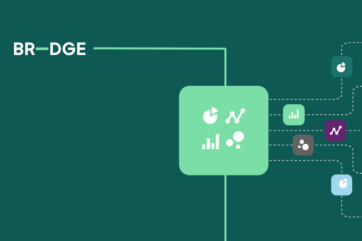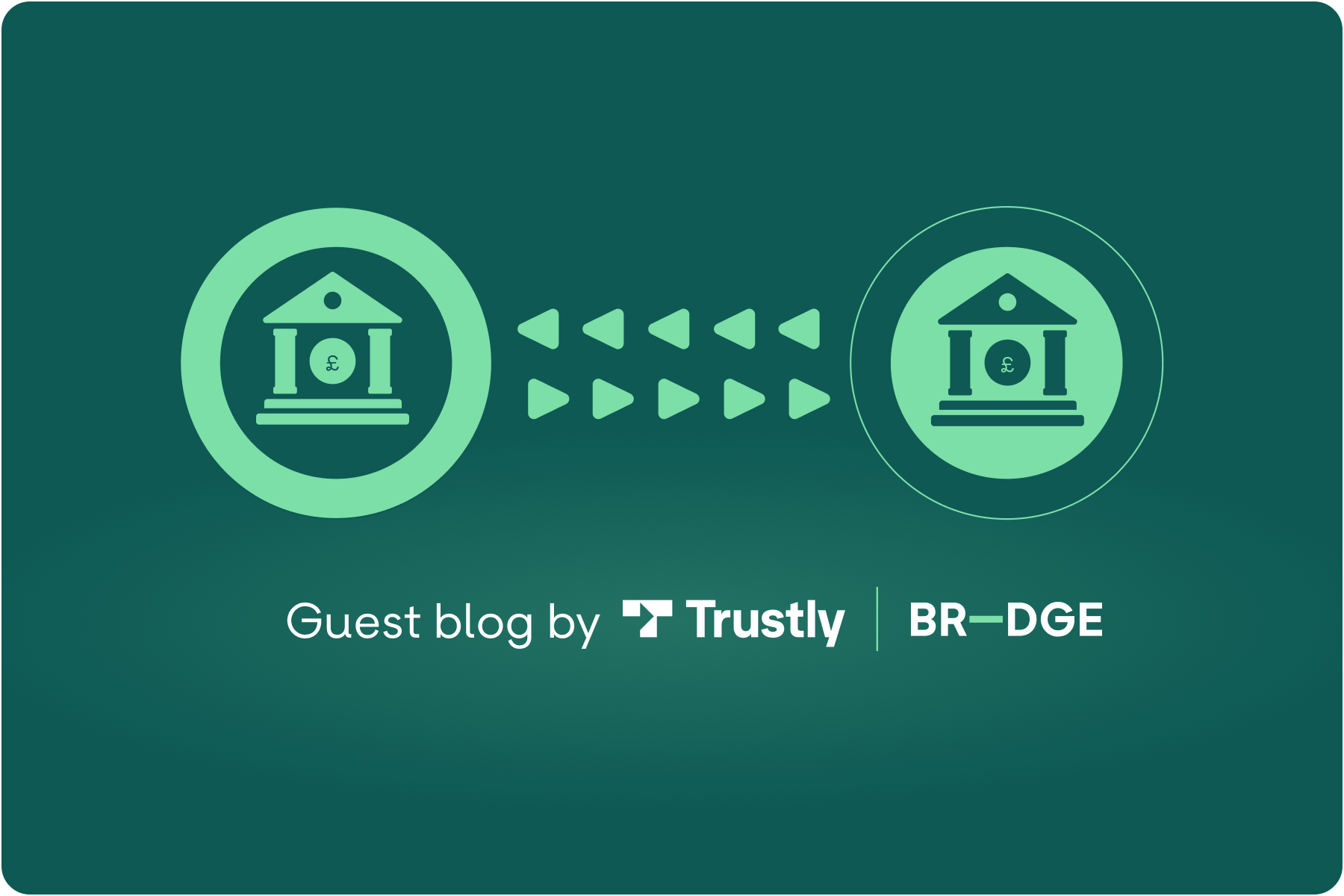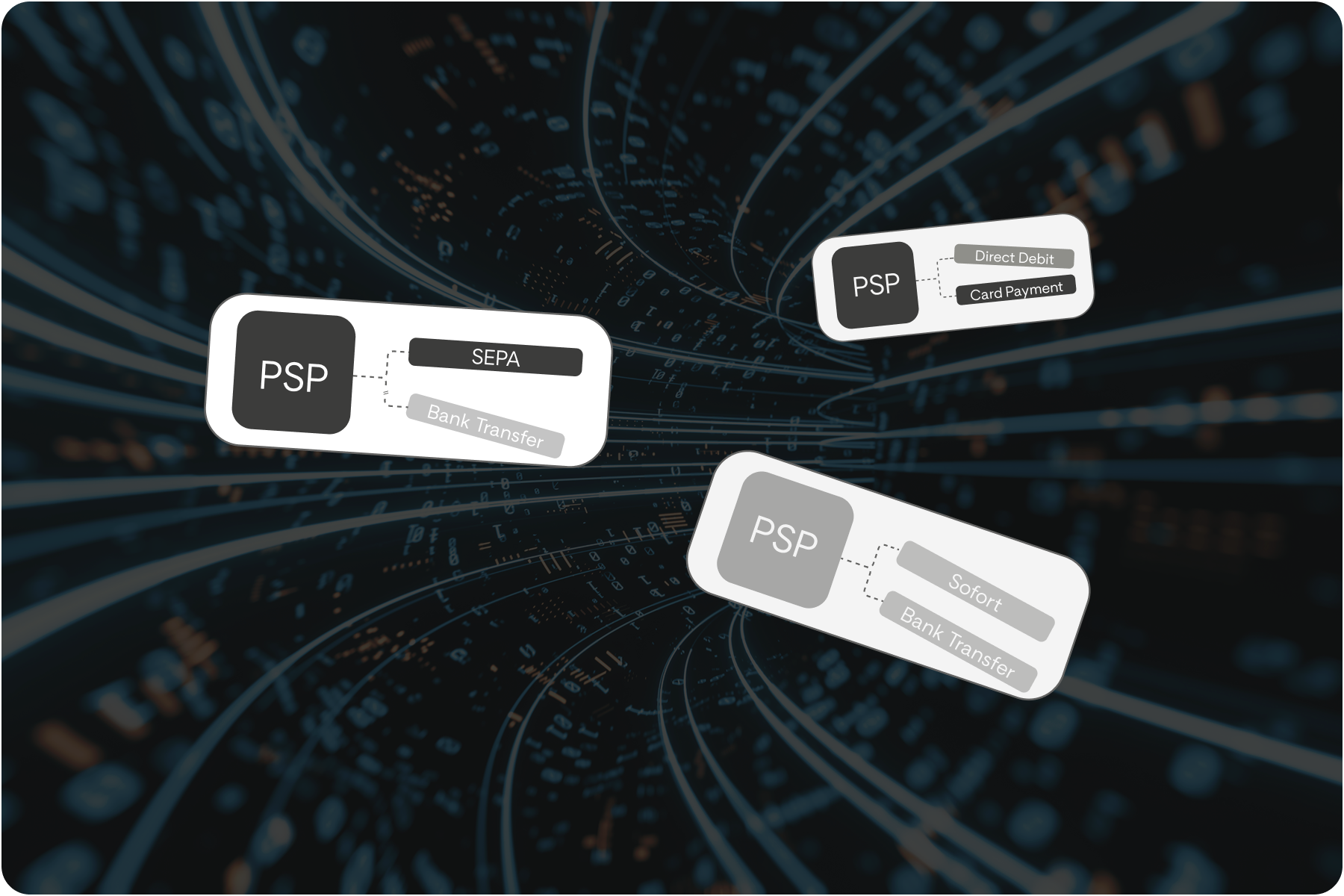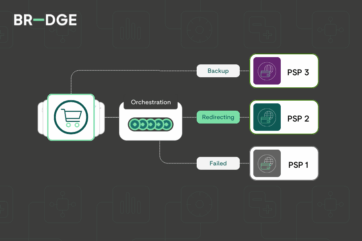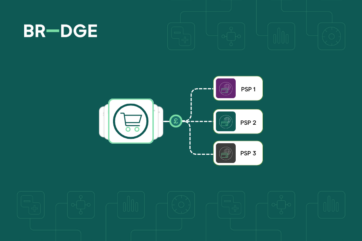
Optimising payments for a frictionless retail experience

Over the course of the global pandemic caused by the Coronavirus (Covid-19), the acceleration of E-commerce across the globe has been difficult to ignore. As consumers shift towards a more digital world, inevitably there have been changes in consumer behaviour that is likely to have lasting effects.
In March 2020, according to Statista, about 40% of UK shoppers said they had been shopping more online, compared to before the pandemic. By February 2021, this percentage has grown to approximately 75%.
At the height of the lockdown, many shops in the retail sector were forced to close, causing a shift for consumers to shop online, pushing retailers to rapidly change their strategies as a result. Even with the lifting of restrictions, consumers have become accustomed to online purchasing due to increasing flexibility, more options and easier comparison of products and pricing.
Similar to physical stores battling with footfall, online merchants still find themselves faced with challenges, despite the increase in online activity caused by the global pandemic. The payment experience is no exception. From cart abandonment through to failed payments, the payment experience is a critical part of the consumer journey.
In March 2021, almost 80% of online shopping orders were abandoned, which could be due to numerous issues including a complicated payment process. Despite the promotions, marketing, and investment in the funnel to get people to conversion, the point of payment is paramount in securing the sale.
The hybrid retail experience
Many consumers today do prefer to shop online, but this is not the end of the brick-and-mortar store. Whilst consumers are shopping in-store, they are still seeking an overall friction-free life, convenience, and ease of access. The reality of retail is that it is no longer online and offline as two separate actions. The end-to-end customer journey is a combination, with an expectation from customers desiring a fluent and transparent experience between the two.
The online and offline experience is merging in the retail space, and as a merchant, you need to accommodate this new buying experience and ensure the whole journey is seamless. Many retailers are beginning to adapt to the hybrid retail experience through exploring digital in-store payments to mirror the online shopping process. This includes the introduction of QR codes, buying on a kiosk, paying via a link and click and collect offering.
According to Klarna, 78% of shoppers say it’s important for them to have a choice in payment methods. Many retailers have already started to use BNPL online services such as Klarna in their physical stores such as H&M, New Look, JD Sports and many more. Utilising these digital in-store payments reduces friction, queuing times and provide a more autonomous experience.
With payment orchestration technology, you can harness a resilient and robust digital payment process, increasing your ability to adapt to the changing needs of consumers in the retail sector. Payment orchestration platforms like BR-DGE, can enable you to build a better understanding of your customer’s behaviour and preferences, enabling you to offer new, hyper-personalised experience, offering more choice and flexibility wherever your customers are.
Meeting changing consumer expectations
When an online purchase takes place, most consumers do not reflect on the process unless there is friction. When expectations are not met, consumers are easily pushed to abandon their cart and purchase from a different merchant. For your organisation, losing a customer at the final step is not only detrimental to the sale, but also to your ongoing marketing investment, nurturing and loyalty with your customer.
With the increase of online retail, it is much easier for consumers to switch. There are many reasons why a consumer could abandon their cart at the checkout; complicated payment methods, card payment failure, limited payment options and browsing with low intent to purchase. Consumers expect to be able to pay how they choose, meaning merchants need to be agile to offer more payment choices. Without the options expected, the chances of payment failure and cart abandonment is increased.
That experience might have been a one off and for the consumer it is usually an easy process to go back through the payment flow and try again, however, with the immediacy of today’s society and transaction trust being everything, one bad experience is likely to push a consumer to question their purchasing decision.
Is your payment experience meeting the expectations of your buyers?
Payment orchestration platforms, like BR-DGE, enable you to build a more resilient process, which is critical to managing margins but supports strengthening your business, especially after the global pandemic. With real-time data, you gain the ability to move quickly and adapt to changing customer preferences, and ultimately reduce the number of failed payments at the checkout. Intelligent routing optimises the payment flow to bounce your customer’s payment to another acquirer to reduce the likelihood of a failed payment.
Shop global, pay local
The growth in the online space and new technologies is making it easier than ever for merchants to sell across the borders. Online payments have made it possible for people to find goods across the globe at the click of a button.
Whilst cross-border digital commerce has created a wealth of new opportunities, the journey to globalisation for retail is not without its challenges and each country across the globe will have a preference of payment methods. Personalisation is essential when trading globally, to ensure you cover payment methods for all the markets you want to dominate, and not only your core markets. Cart abandonment can happen globally if you are not offering payment methods to suit all markets.
As you expand into new territories, especially with the recent global pandemic, you need a robust payment solution with a multi acquirer strategy. This ensures you can support alternative payment methods that are local to your customer base and have the flexibility to work with providers and acquirers who offer competitive rates for new market currencies.
Payment orchestration platforms, like BR-DGE, can support you and your customers wants and needs, with intelligent routing by helping you achieve an optimised payments flow at the lowest possible costs by routing transactions to the most appropriate provider, wherever they are in the world.
Above all, innovation forms the bedrock of longer-term success
Over the last two years, the behaviour of consumers has changed dramatically in the retail sector, with the acceleration of online shopping. The retailers who were able to change at speed and keep up with online demand are the ones who succeeded over the lockdown periods.
With changing expectations from consumers, increasing access to global trade and a shift to the hybrid retail experience, how much of a priority is your consumers’ payment experience?
As a merchant, to capitalise on these changing demands in the retail sector, you need a resilient, robust, and flexible payment solution. Payment orchestration platforms like BR-DGE can provide you with limitless innovation by strengthening your payment experience to keep up with the demands of your consumers and the changing dynamics of the retail sector.
For more information on how BR-DGE can support you in delivering a frictionless retail payment experience, contact us today.
Related content

